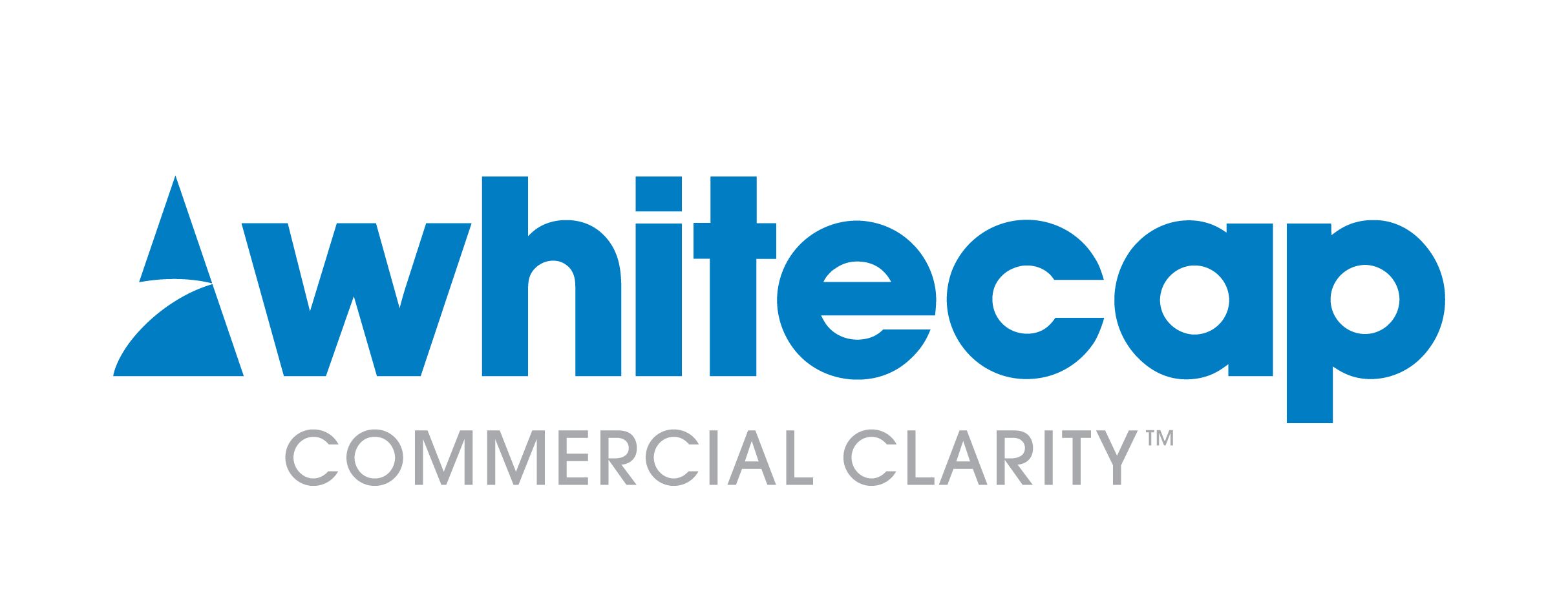Peer-to-peer (P2P) lending is growing rapidly and is a market sector that many financial services businesses are tracking closely; however some have yet to be convinced about the scale of the threat it poses.
 Jay Tikam is a highly respected governance, risk and compliance adviser in the alternative finance sector. He recently published this blog, which provides some excellent insight into what is a very dynamic and fast growing industry.
Jay Tikam is a highly respected governance, risk and compliance adviser in the alternative finance sector. He recently published this blog, which provides some excellent insight into what is a very dynamic and fast growing industry.
Zopa, the oldest peer to P2P platform in UK, recently broke the £1 billion barrier in loans made through their platform. All other platforms continue to see rapid and unabated growth rates.
Alternative finance doesn’t seem very alternative any longer. This industry is coming of age, transitioning from its start-up phase into adolescence and moving fast to becoming a high growth, mature and stable market, bringing great benefit to consumers of financial services.
Venture capitalists have taken note and are further fuelling the growth of not only alternative finance but Fintech (financial services transformed by technology) in general. In 2014, global investment by venture capitalists in Fintech grew by 201% to $12.21bn, according to a recent Accenture study.
Thus far, the industry has grown up without any significant growing pains. Defaults have been low and the market has continued to grow without any significant correction or pull back.
Drivers of growth
To understand where this industry is going, it’s important to understand the key drivers that have fuelled the sector:
- Banks deleveraging – Banks have deleveraged the risky parts of their balance sheet because of penal capital adequacy requirements, post the financial crisis. Unfortunately this also dried up much needed loan finance for small and medium sized businesses (SMEs) and individual borrowers, both of whom were classified as being “risky”. The P2P sector successfully filled a massive unmet need.
- Government backing – The government tried incentivising banks to extend credit to SMEs, but with very little success. When peer-to-peer lending emerged, the government realised the opportunity it presented for SME lending. Apart from investing their own money through P2P platforms, they also created tax breaks and forced banks to refer rejected loans to these alternative providers.
- Regulatory backing – Surprisingly, the UK regulator has been exceptionally supportive of the alternative finance sector, introducing light touch regulation to allow this new industry to flourish. They also created a hub (Project Innovate) to help innovative financial services firms work through complex regulation.
- Technology – New technology allowed alternative finance firms to introduce investors directly to individuals or businesses looking for debt and equity financing. Technology allowed these new players to make much faster financing decisions, engage with customers more proactively and run the operations at ridiculously low cost-to-income ratios compared with traditional banks.
- Millennials – A new tech savvy generation of financial services customers embraced financial innovation, either because the mainstream banks were not able to meet their needs, or these millennials were unable to access finance or investment from mainstream players, because they didn’t meet their criteria.
- Low interest rates – This led investors to seek higher yielding assets. They found this in the alternative finance sector. Low interest rates have also helped to keep defaults rates down.
Will this growth continue?
Now the big question on everyone’s mind is “Will this good news story continue?” Is this story too good to be true? Is this bubble about to burst?
Indeed, the wider P2P lending (or marketplace lending) market hasn’t yet reached its full potential. There are many out there who still aren’t comfortable to invest in it, or borrow from it or promote it (for example financial advisors).
So what’s the answer? In my view, this market will indeed continue to grow. However with a proverbial “but…..” to qualify this assertion. I believe that future winners will have the following characteristics:
- Specialisation – They will specialise in certain niches – a more homogenous portfolio of loans is easier to manage, because the platforms will have an in-depth understanding of the businesses they lend to. Collateral data is easier to obtain and match against the loan, making underwriting decisions easier.
- Platforms align to attract institutional investors – Homogenous portfolios can also be parcelled and traded more efficiently (but be wary – because securitisation was a major contributor to the financial crisis). Greater liquidity and larger portfolio sizes will accelerate institutional entry into this market.
- “Co-opetition” with traditional players – Banks are starting to take note and want to “get in on the action”. Future winners will work collaboratively with these banks. There are already referral arrangements in place between the larger players on both sides. In future, they could explore more innovative joint venture arrangements, such as white labelling online loan platforms, developing distribution channels for banks or leveraging banks’ bloated balance sheets to accelerate growth.
- Cooperation with non-financial services players – Amazon, for example, recently announced that they will offer (online) working capital to selected SMEs selling through their platform. Amazon may have been able to set up their own platform, but others may not want to. Platforms will explore tie-ups of this nature with other technology providers who could have a vast base of trusting financial services customers to tap into.
- Networks – Platforms themselves will explore new distribution channels such as forming their own network of other market facing alternative finance ventures. Platforms could transition into a franchise model, where they provide the core business model to aspirant alternative finance entrepreneurs. Such an arrangement allows for quick and pain free access to this market for these budding entrepreneurs.
- Innovation – Successful P2P platforms (or marketplace lenders) will bring greater innovation, potentially disrupting the disruptive pioneers. For example, future market leaders will:
- Leverage big data analytics’ capability to improve underwriting decisioning and enhance operational efficiency;
- Have better collateral information and management systems, allowing them to more efficiently make underwriting decisions, analyse and manage loans;
- Be able to leverage wider payment systems outside banking, for example Bitcoin and other crypto currencies;
- Be able to have a better handle on risk management and the growing regulatory burden, through the use of technology (for example deploying “RegTech”); and
- Figure out ways to facilitate cross border investment and fundraising.
Mounting market pressures
Whilst the future definitely looks bright, it won’t be without its challenges.
This market has emerged in a relatively benign credit environment, and has been supported by the artificial quantitative easing implemented by central banks. How will the market stack up against rising interest rates? Will investors take flight to more tried and tested institutions, preferring banks once again, where (at least in UK) their money will be protected by the Financial Services Compensation Scheme?
With exception of a few players like Zopa, the wider alternative finance sector also hasn’t, as yet, been stress tested ‘through the cycle’. The landscape could change dramatically if the new age P2P lending firms prove to be less resilient during a downturn.
In the UK, 2016 marks an important time for the wider P2P lending sector, which opens its doors to the ISA (Individual Savings Accounts) tax free investment market in April. Government statistics show that around £79 billion worth of ISA investments was subscribed by investors in 2014/2015. In the same period, the ISA market was valued at £483 billion. All good news for the alternative finance market, but how will platforms cope operationally with a tsunami of funds flowing to them, especially bearing in mind that this market is still under £5 billion in UK? Will platforms introduce greater risk into their portfolios as they are forced to quickly lend out un-invested funds sitting in client accounts? How will they balance liquidity between investors and borrowers?
With unabated growth since inception, is this market overdue for a correction? It is accepted that at some point, such a correction is inevitable. What many established players are worried about is the likely contagion risk that they may be exposed to because of weaker players failing.
Finally, as the market grows and brings in more competition, already tight margins may be further squeezed.
Regulatory Pressures
Regulation has been fairly light touch to date, especially in the UK. Rightly so, because government and the regulators were keen to let this fledging industry flourish. However, as the industry grows (especially at the eye watering rate that it is currently growing at), it will give regulators some cause for greater anxiety. This is very evident at the point of regulatory licensing (or authorisation).
The Financial Conduct Authority (FCA) seems to be taking a very considered and cautious approach to letting alternative finance firms through the gate. Many of our clients are now waiting more than 9 months to get authorised, because of this cautious approach. The FCA’s remit, when assessing firms, seems to go beyond the minimum regulatory standards.
The FCA is also due to conduct a major review of this new industry in 2016, and it wouldn’t be surprising to see greater regulatory requirements imposed on the sector.
The more worrying trend however, is the fact that regulators (especially in the US) are starting to conceive of the possibility that alternative forms of lending could introduce systemic risk into the financial services sector. P2P lending is (rightly or wrongly) sometimes classified under the term ‘shadow banking’, which is a growing concern for regulators.
In a speech made in March 2015, Vice Chair of the US Federal Reserve Board of Governors, Stanley Fischer stated that:
“Non-bank firms and activities can pose the same key vulnerabilities as banks, including high leverage, excessive maturity transformation, and complexity, all of which can lead to financial instability.”
Greater scrutiny by financial stability regulators could have significant implications for the P2P lending sector. The regulator may substantially increase prudential capital requirements, and impose restrictions on certain types of business activities. Prudential requirements may also be risk based, meaning that platforms will have to implement complex risk measurement solutions to ensure capital adequacy requirements fairly reflect the risks they take on. In addition, requirements for adequate governance and risk management arrangements will intensify.
Could we see Basel III type regulation imposed on P2P lenders?
Conclusion
From the high level assessment of this market, I can reassuringly conclude that the future is looking very bright for the P2P lending sector. However, as this market transitions into ‘adolescence’, it will inevitably experience growing pains before reaching maturity. New risks will permeate this rapidly growing market, and platforms will need to be extra vigilant to guard against such risks. Regulatory scrutiny may however be disproportionate and excessive as P2P lenders are caught up in the ‘shadow banking’ category.
Jay Tikam is the Managing Director of Vedanvi, a progressive professional services firm dedicated to helping Fintech and Alternative Finance firms overcome business, risk and regulatory challenges. This blog originally appeared on the Vedanvi website, where you can also download it in a presentation format and watch it as a video. Click here to view it.
Peer-to-peer lending is a sector Whitecap Consulting has been actively involved in since 2012, primarily via our work with rebuildingsociety.com and White Label Crowdfunding.
